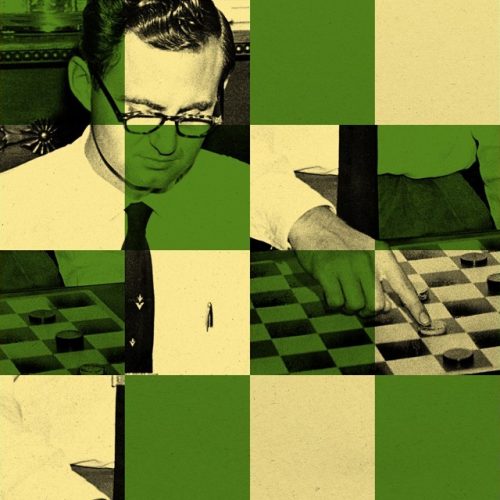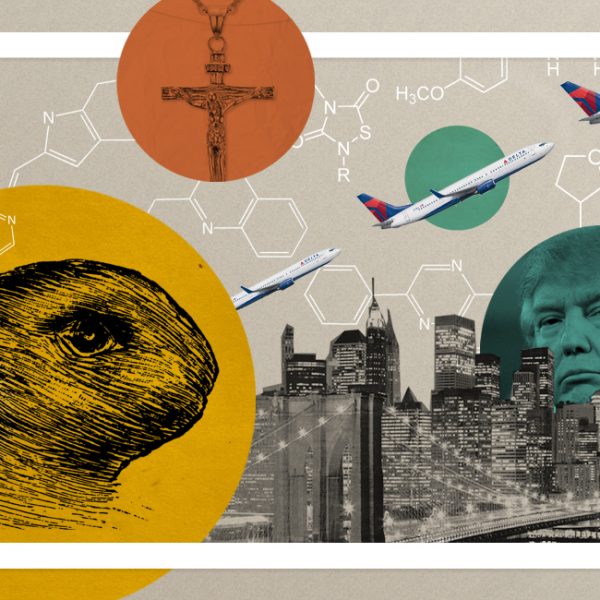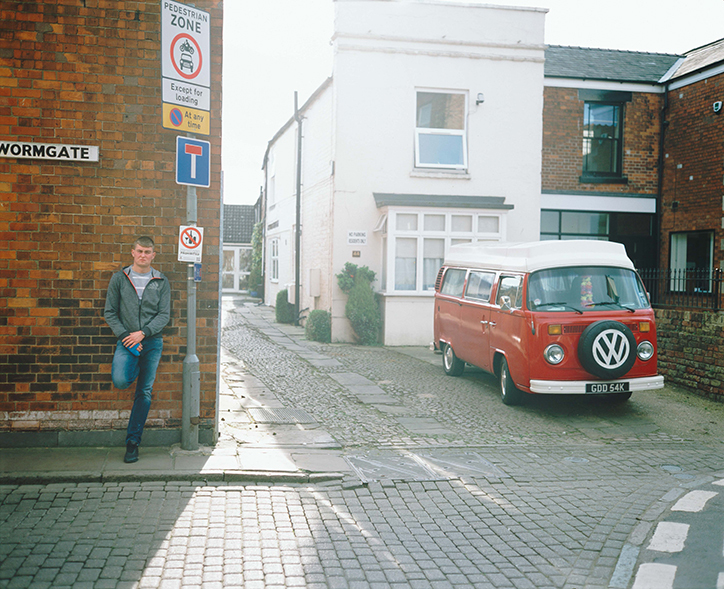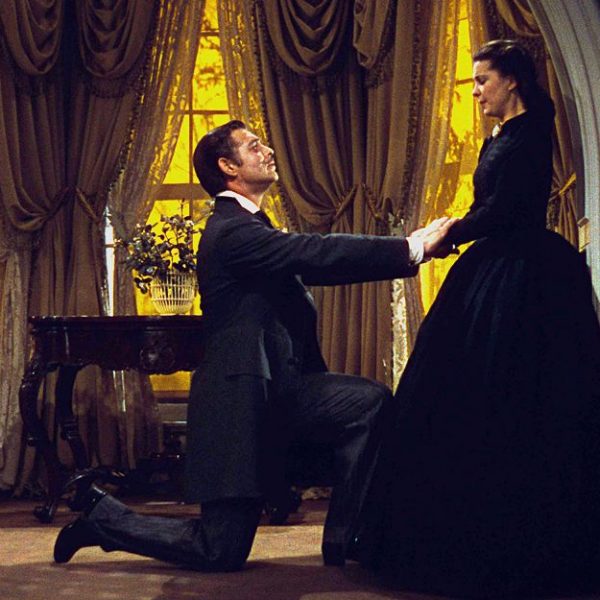How Checkers Was Solved
Marion Tinsley—math professor, minister, and the best checkers player in the world—sat across a game board from a computer, dying.
Tinsley had been the world’s best for 40 years, a time during which he’d lost a handful of games to humans, but never a match. It’s possible no single person had ever dominated a competitive pursuit the way Tinsley dominated checkers. But this was a different sort of competition, the Man-Machine World Championship.
His opponent was Chinook, a checkers-playing program programmed by Jonathan Schaeffer, a round, frizzy-haired professor from the University of Alberta, who operated the machine. Through obsessive work, Chinook had become very good. It hadn’t lost a game in its last 125—and since they’d come close to defeating Tinsley in 1992, Schaeffer’s team had spent thousands of hours perfecting his machine.
The night before the match, Tinsley dreamt that God spoke to him and said, “I like Jonathan, too,” which had led him to believe that he might have lost exclusive divine backing.
Read the rest of this article at: The Atlantic

Flying Solo

The day after my boyfriend of nearly a year broke up with me because I wasn’t an evangelical Christian also happened to be the day before a trip we’d planned together: five days and four nights in beautiful, sunny, USA-tropical Miami. It was supposed to be a romantic escape from January New York, gray in the best of instances but ever drearier on account of the swirling political anxiety and despair that followed Donald Trump’s election and inauguration. It was like the weather was in on everything that had turned us all upside down, too; it rained like the skies were weeping. (They had good reason, what with climate change.) Since November, politics was all anyone was talking about, all anyone could talk about. We’d been looking at each other with dazed, pained expressions while attempting to gird ourselves for what was next, and the nexts kept coming, faster and more furious. Talking about politics was increasingly exhausting, even when you did it with people you agreed with. But with my boyfriend, talking about politics had become something else.
Read the rest of this article at: Longreads
Deividas Buivydas documents Boston, Lincolnshire, a town known as “the face of Brexit”
“What creates the feeling of home? What makes a country? Why live in a continuous rhetoric of ‘us’ and ‘them’?” Are questions photographer Deividas Buivydas asks in his project F(L)IGHT.
The series is a “personal and thoughtful reflection of the current state of the UK and the EU,” Deividas tells It’s Nice That. The project is based in Boston, Lincolnshire, a town which “gained a lot of attention from the media, labelled as ‘the face of Brexit’, as it had the highest leave vote,” the photographer explains. Due to the close observation of the town, Deividas’ home for two years and where he returned to visit his mother, he felt that “the media portrayed the town as one-sided, and this encouraged me to continue documenting the town, trying to show multiple perspectives of the situation.” As a result, the photographs act as “an example of the impact of the reaction against the EU’s rules on freedom of movement, and the different communities it effects; the ‘local’ and the ‘migrant’”.
As an individual, Deividas’ whole life has been constantly on the move. “I’ve moved to different places more than 15 times, I’ve lived in six different cities, and have been living on my own since I was 16,” he says. There is a tryptic of meanings in the title of the series, the ‘flight’ “stands for my personal decision to leave my home country,” moving to Britain to study photography. “The ‘fight’ represents the dissatisfaction and tension of the local people, and the ‘light’ is a hope for a better tomorrow for people who have left their countries.”
Read the rest of this article at: It’s Nice That

The Graphs That Show the Search for Love Has Changed

From marrying a neighbour or someone at church, to swiping through dozens of faces on a smartphone screen, the journey to find love is changing fast.
It was easier in the olden days. Future spouses could be found living around the corner. Or at least in your part of town.
In 1932 James Brossard, a sociologist at the University of Pennsylvania, looked through 5,000 consecutive marriage licences issued to people living in the city of Philadelphia.
He found that while one in eight people shared the same address as their spouses when they got married – presumably because they were cohabiting – nearly 40% lived no more than 20 blocks from their future husband or wife.
Less than 20% found love with someone living out of town.
The details of this snapshot – from one US city more than 80 years ago – feature in Modern Romance, a book co-written by comedian and actor Aziz Ansari (of sitcom Parks and Recreation fame) and sociology professor Eric Klinenberg.
For Ansari – a child of the 1980s and 90s – the Philadelphia model is not for him. “Think about where you grew up as a kid, your apartment building or your neighbourhood,” he writes, “could you imagine being married to one of those clowns?”
Klinenberg says the way technology has changed how people date and find love was their starting point.
“Does having so many options make it harder or easier to find the right person and commit? Can we make ourselves seem more desirable by delaying our text response times? Why is everyone sexting?”
Read the rest of this article at: The BBC
Tiny houses: Big future, or big hype?

“Of course, ‘tiny home’ is a term that has no meaning.”
Dan George Dobrowolski firmly believes that the best spaces are small spaces. Owner of Escape Tiny Homes, a Wisconsin-based tiny home manufacturer located in Rice Lake—in the sparsely populated northwest corner of the state—Dobrowolski started building small homes 25 years ago.
Dobrowolski has never understood the trend toward excessive suburban homes, the hubris of building a “palace of Versailles with 80 percent wasted space.” That’s one of the reasons he began to build smaller decades ago, creating a business that now cranks out hundreds of homes a year.
He’s also never understood why people write off tiny homes as a fad. Of course, on one level, he understands: HGTV shows, the pull of twee cabin for Brooklyn millennials, the explosion of builders jumping on the bandwagon of an emerging trend (“three guys in the backyard trying to toss these things together”).
But he thinks there’s so much more to tiny homes than a lifestyle choice. With today’s economic pressures, this is a market ready to explode. As one of the nation’s larger tiny home builders, Escape has seen business grow by roughly 200 percent the last few years, with plans to add two more factories to eventually ramp up production to thousands of units a year.
“Nobody has a fix on this,” he says. “Whatever measuring stick people are trying to use, they don’t get it.”
Who buys the units? Because Escape regularly ships all over the county, it seems to be everybody. The owner of the San Antonio Spurs ordered one for his property in Hawaii, and single mothers are buying them for downtown Detroit. Customers use them as accessory dwelling units and Airbnb rentals, as vacation homes and rooms for Grandma. They’ve had conversations about turning tiny homes into mobile showrooms and libraries. As Dobrowolski says, “that’s the full spectrum.”
Read the rest of this article at: Curbed


